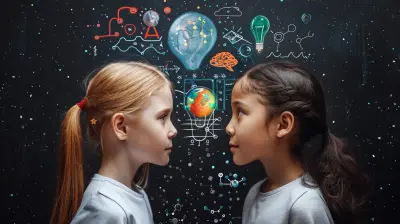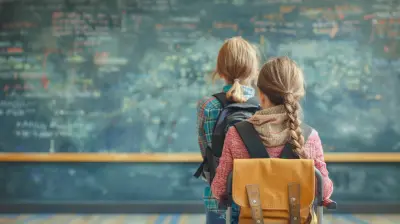The Power of Collaborative Learning: Building Stronger Minds Together
4 July 2025
Collaborative learning is all the buzz these days, and for a good reason! Whether you're a student, a teacher, or a lifelong learner, you've probably experienced the magic that happens when minds come together to solve problems, share knowledge, and create something greater than the sum of its parts. But what is it about collaborative learning that makes it so powerful? And how can we harness this power to build smarter, stronger minds? Let's dive in!
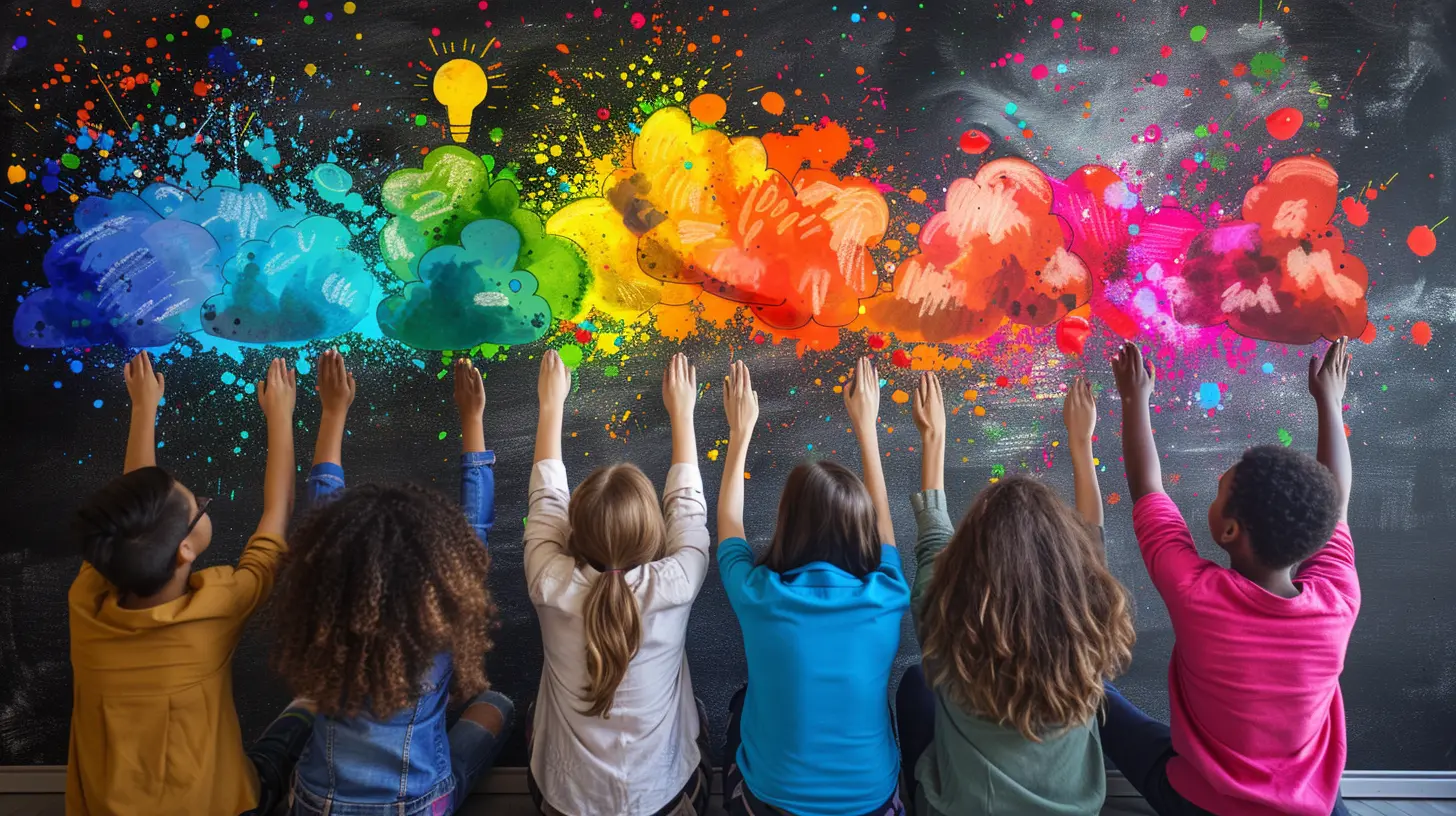
What Is Collaborative Learning?
Before we dig into the benefits, let's get clear on what collaborative learning is. Simply put, collaborative learning is when two or more people work together to explore a subject, solve a problem, or complete a task. It's the exact opposite of traditional learning, where one person (usually the teacher) does all the talking, and everyone else sits quietly and listens. Instead, collaborative learning is dynamic, interactive, and, most importantly, inclusive. It taps into the idea that everyone has something valuable to contribute.Think of it like a potluck dinner: if everyone brings their favorite dish, the meal is far richer and more varied than if just one person does all the cooking.
In education, this method often takes the form of group projects, peer-to-peer discussions, or team-based problem-solving activities. The emphasis is on communication, cooperation, and collective thinking.
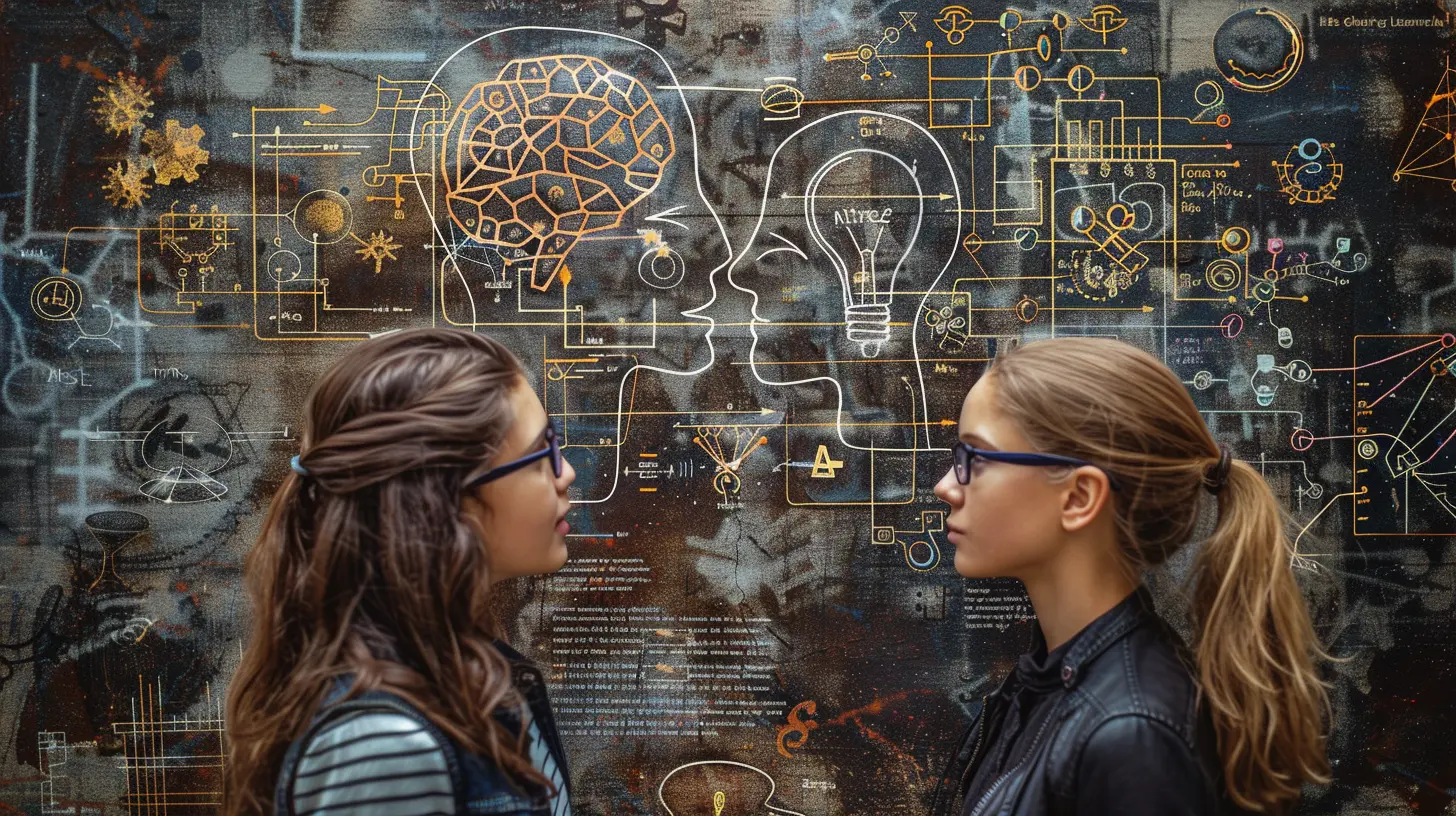
The Benefits of Collaborative Learning
So, why is collaborative learning so effective? Here are some of the key benefits:1. Enhances Critical Thinking and Problem-Solving Skills
Two heads are better than one, right? When learners work together, they share different viewpoints, challenge each other's ideas, and push each other to think more deeply. This leads to a much richer understanding of the material.Imagine you're trying to solve a puzzle. Alone, you might overlook some critical clues. But when you're working with others, they might see something you missed. Collaborative learning forces you to think outside the box and consider perspectives you wouldn't normally encounter.
2. Increases Engagement and Motivation
Have you ever sat through a lecture and struggled to stay awake? We’ve all been there. Traditional learning methods can sometimes feel passive and boring, but collaborative learning changes that! When you're actively participating in a discussion or problem-solving activity, you're much more engaged. You're not just a sponge soaking up information; you're contributing, asking questions, and interacting with others.Plus, working with others can be super motivating. When you see your peers putting in the effort, you're more likely to rise to the occasion. It's like being part of a sports team: the energy is contagious!
3. Improves Communication and Interpersonal Skills
In today's world, being book-smart isn't enough. Employers want people who can work well with others, communicate effectively, and navigate social dynamics. Collaborative learning naturally builds these skills.When you're working in a group, you have to articulate your ideas clearly, listen to others, and find ways to resolve conflicts or disagreements. These are essential life skills that will serve you well beyond the classroom.
4. Promotes Deeper Understanding and Retention
Ever notice how you learn something better when you explain it to someone else? That's because teaching others forces you to really understand the material. In a collaborative learning environment, learners often take turns explaining concepts to each other, which helps reinforce their knowledge. It's like a workout for your brain—repetition and engagement build stronger mental muscles!Collaborative learning also encourages discussion and debate, which helps solidify a deeper understanding of the topic. When you're forced to defend your ideas or reshape your argument based on feedback, you're processing information on a much deeper level.
5. Develops a Sense of Community and Belonging
Learning within a group fosters a sense of community. You’re no longer just an individual trying to pass a test; you’re part of a team working toward a common goal. This sense of belonging can be incredibly empowering and can help reduce feelings of isolation, especially in large classrooms or online learning environments.Think of it like climbing a mountain. Alone, the journey might feel daunting, but when you’re hiking with others, you can lean on each other for support, share the load, and celebrate the victories together. Collaborative learning helps create these bonds, making the learning process feel more supportive and less like a solo mission.
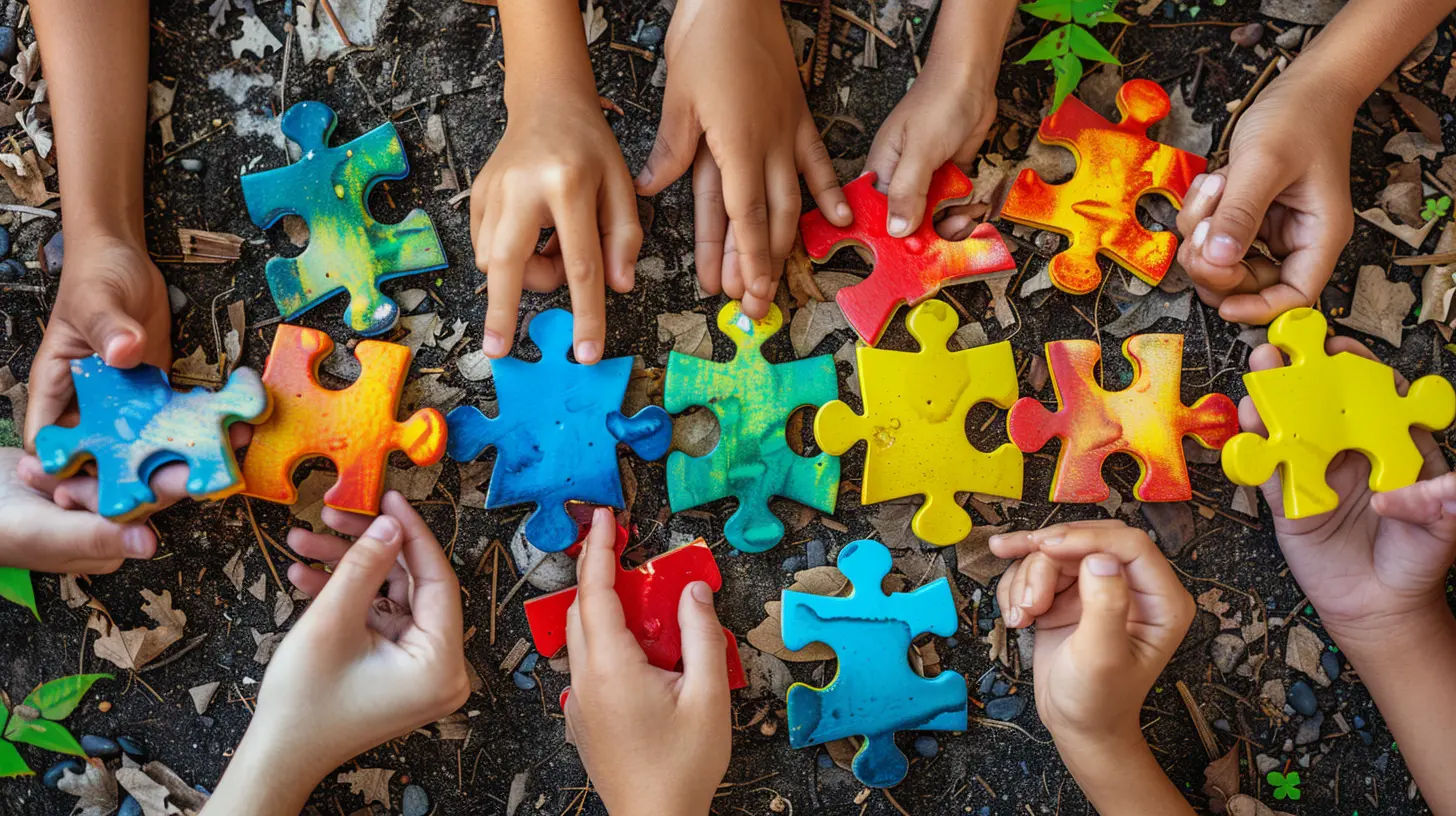
How Collaborative Learning Works in Practice
Now that we’ve covered the benefits, let’s look at how collaborative learning actually happens in real-life settings. There are several approaches schools, teachers, and even workplaces can adopt to facilitate this type of learning:1. Group Projects
One of the most common forms of collaborative learning is the classic group project. In these assignments, students work together to complete a task, such as writing a report, creating a presentation, or designing an experiment. Each person in the group typically has a specific role, but the group must work together to achieve the final goal.This teaches students not only the subject matter but also how to share responsibilities, manage their time, and cooperate with others.
2. Peer-to-Peer Discussions
Have you ever participated in a study group? Peer-to-peer discussions are a fantastic way for students to learn from one another. In this method, students are encouraged to discuss the material, ask questions, and explain concepts to each other. It’s a far more interactive way of learning than simply reading a textbook or listening to a lecture.3. Think-Pair-Share
"Think-Pair-Share" is a popular collaborative learning strategy used in classrooms. Students are first asked to think about a question or problem on their own. Then, they pair up with a classmate to discuss their thoughts. Finally, they share their ideas with the larger group. This method allows for both individual reflection and collaborative discussion, making it a powerful tool for deeper learning.4. Online Collaborative Learning
Thanks to technology, collaborative learning isn't limited to face-to-face interactions anymore. Online platforms like Google Docs, Microsoft Teams, and Zoom have made it easier than ever for people to collaborate remotely. Online discussion forums, group chats, and shared documents allow students to work together even when they're miles apart.This can be especially beneficial for adult learners or students who are balancing school with work or other responsibilities. Online collaborative learning offers both flexibility and the opportunity to connect with others.
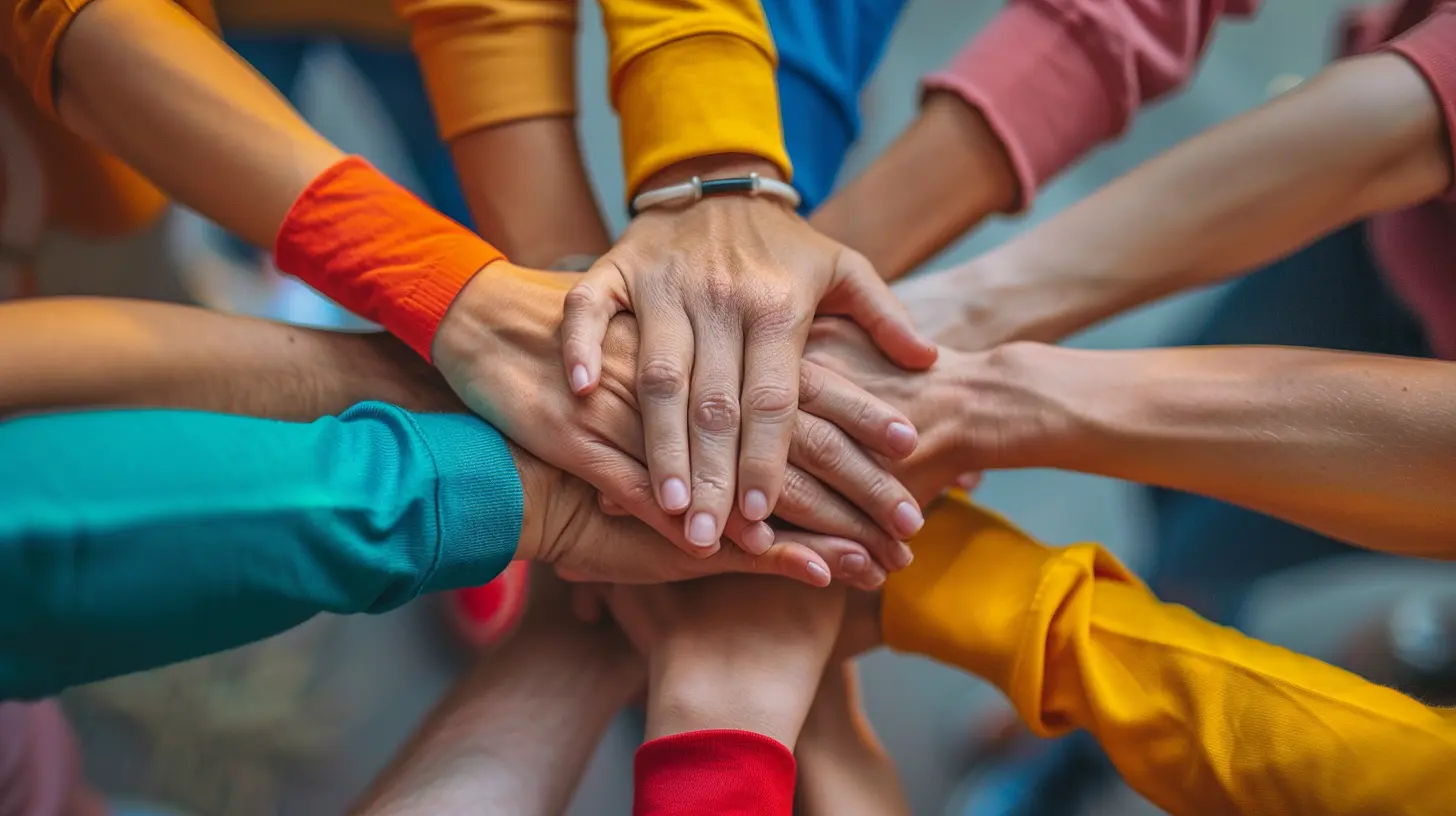
The Role of the Teacher in Collaborative Learning
In a traditional classroom, the teacher is often seen as the “sage on the stage,” dispensing knowledge while students passively absorb it. But in a collaborative learning environment, the teacher's role shifts. Instead of being the sole authority, teachers become facilitators or guides.They set the stage for learning by creating an environment where students feel comfortable sharing their ideas and working together. They may assign group projects, lead discussions, or provide tools and resources for collaboration. But they won’t necessarily be the ones with all the answers—instead, they encourage students to explore, question, and discover solutions together.
This shift can be challenging for some teachers, especially if they’re used to more traditional methods. But it’s also incredibly rewarding. When students take ownership of their learning, they often surprise themselves (and their teachers) with how much they can achieve.
Overcoming Challenges in Collaborative Learning
Of course, collaborative learning isn’t without its challenges. Group work can sometimes lead to conflicts, especially if members don’t pull their weight or disagree on how to approach a task. Students might also feel frustrated if the group dynamic isn’t working or if they’re introverted and prefer working alone.But these challenges can be overcome with the right strategies:
- Clear Expectations: Make sure everyone in the group knows their roles and responsibilities from the start. This helps prevent conflicts over workload.
- Open Communication: Encourage open and honest communication within the group. If someone isn’t contributing, it’s important to address the issue early on.
- Teacher Guidance: Teachers can step in as facilitators to help groups resolve conflicts or offer suggestions when the group gets stuck.
With practice, students can learn how to navigate these challenges and become more effective collaborators.
The Future of Collaborative Learning
As education continues to evolve, collaborative learning will likely play an even bigger role. With advances in technology, it’s becoming easier to connect with people from all over the world, opening up new opportunities for collaboration across cultures and disciplines.In the future, we may see more interdisciplinary projects and global learning experiences, where students from different countries and backgrounds work together to solve real-world problems.
As society becomes increasingly interconnected, the ability to work collaboratively will be one of the most valuable skills a person can have. Whether you're in school, at work, or just navigating life, knowing how to collaborate effectively will help you succeed.
Conclusion
Collaborative learning is far more than just group work. It’s a powerful tool that enhances critical thinking, improves communication, boosts motivation, and fosters a sense of community. In a world that values innovation, creativity, and teamwork, learning how to collaborate effectively is key to building stronger minds and smarter futures.So, the next time you have the opportunity to work with others, don’t shy away. Embrace the power of collaboration and watch your learning soar!
all images in this post were generated using AI tools
Category:
Collaborative LearningAuthor:

Bethany Hudson
Discussion
rate this article
1 comments
Nala McCool
Together we learn, grow, and thrive! Love this!
July 20, 2025 at 12:36 PM

Bethany Hudson
Thank you! I'm glad you resonate with the message of collaboration and growth!
